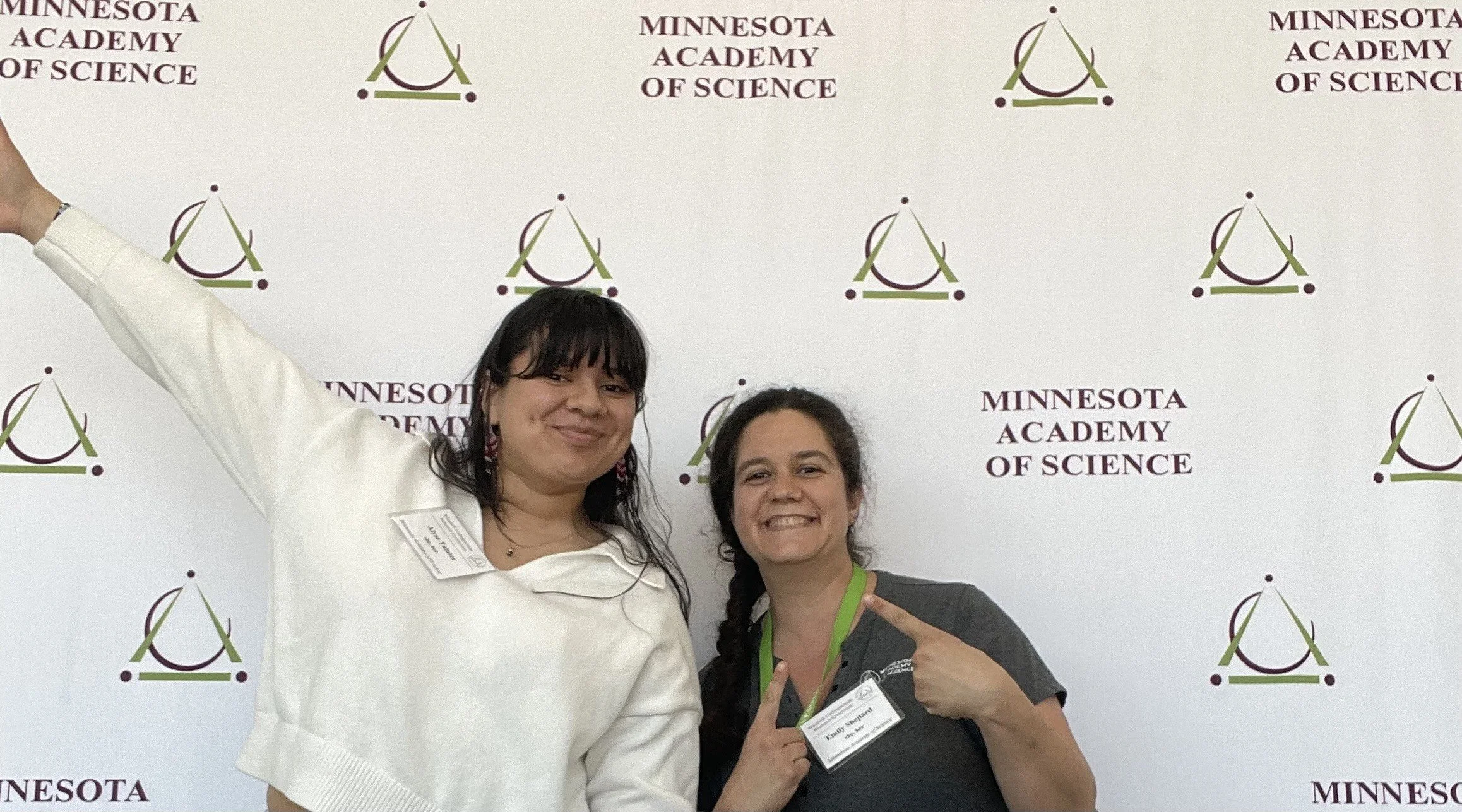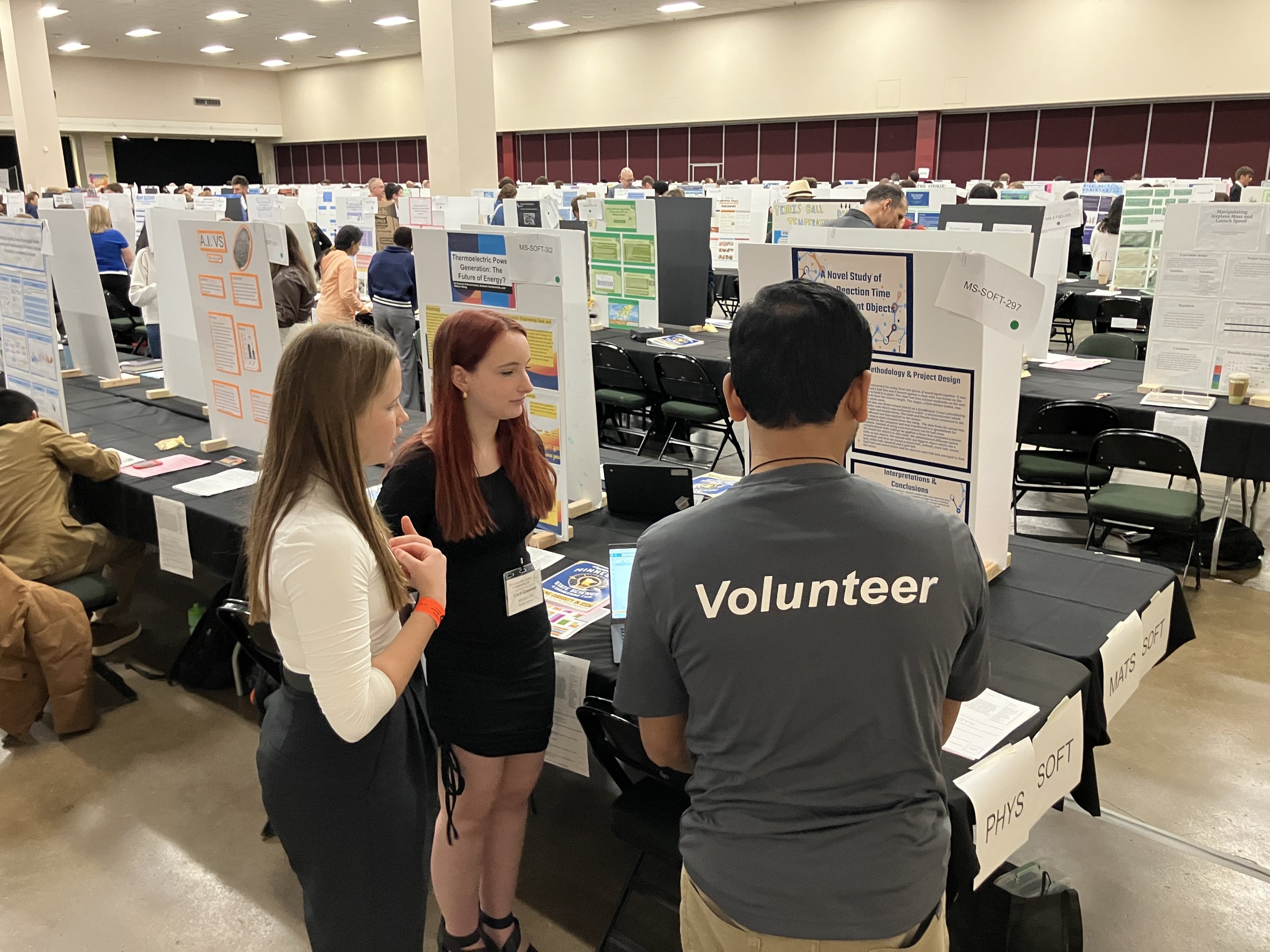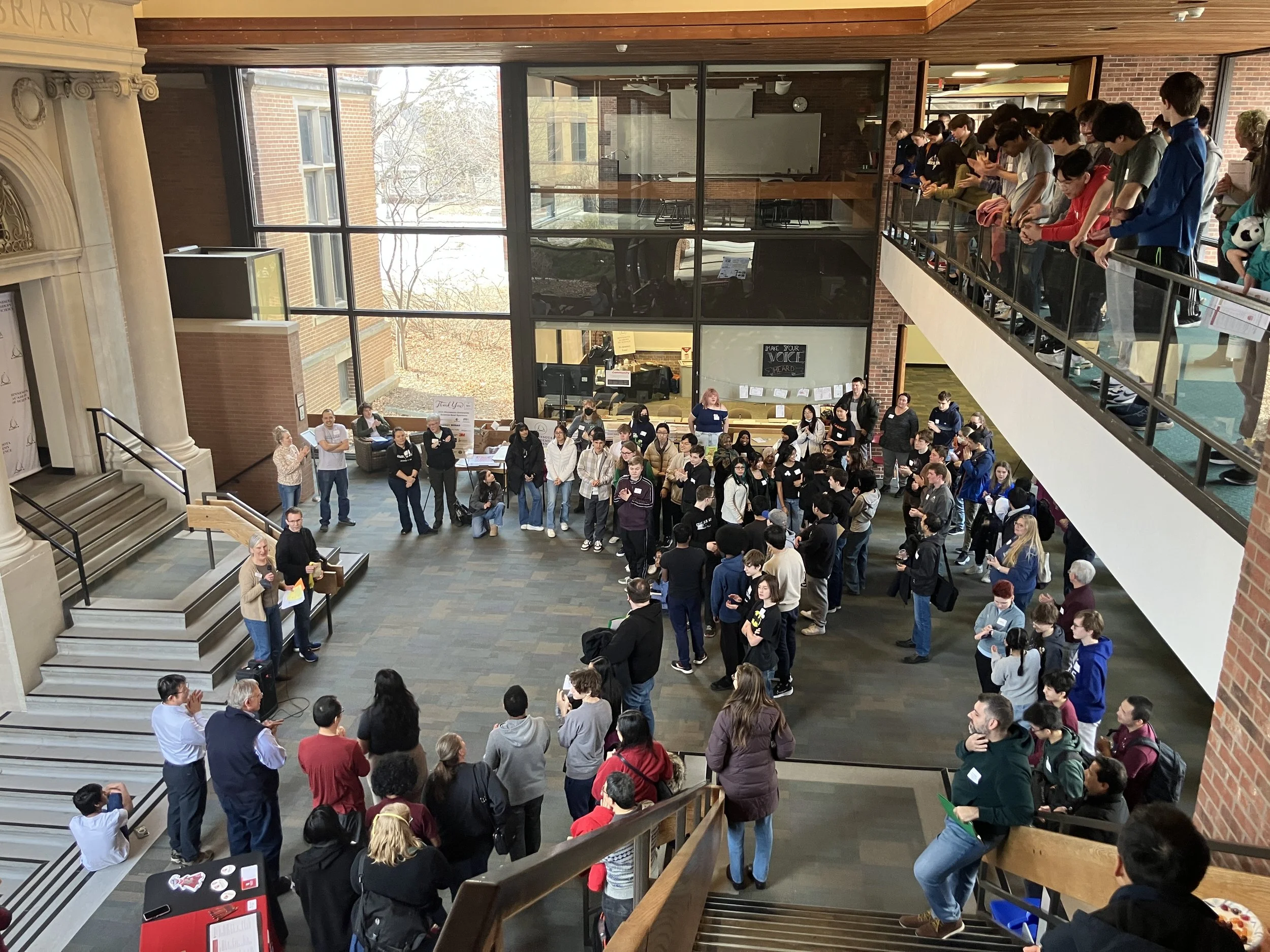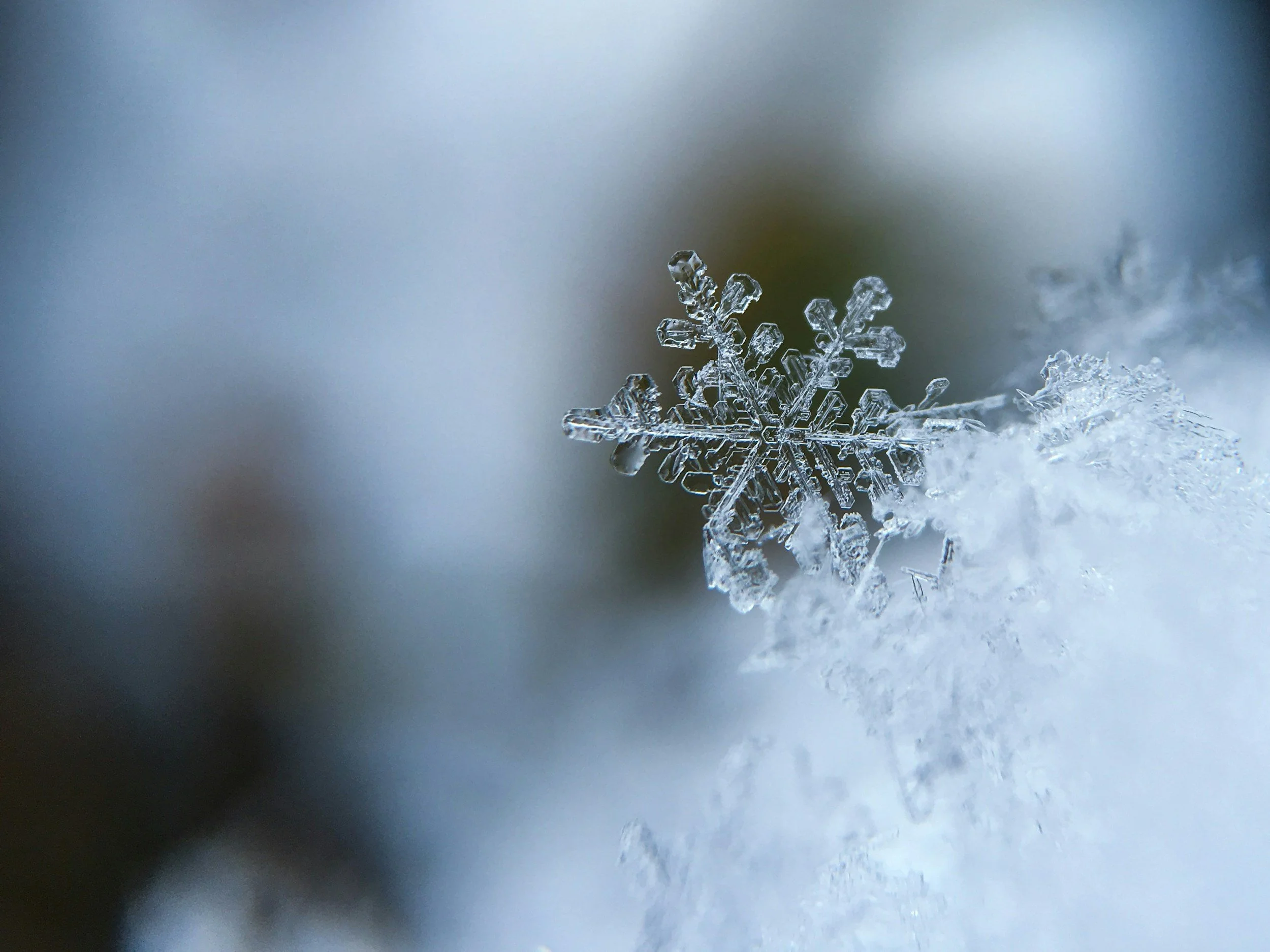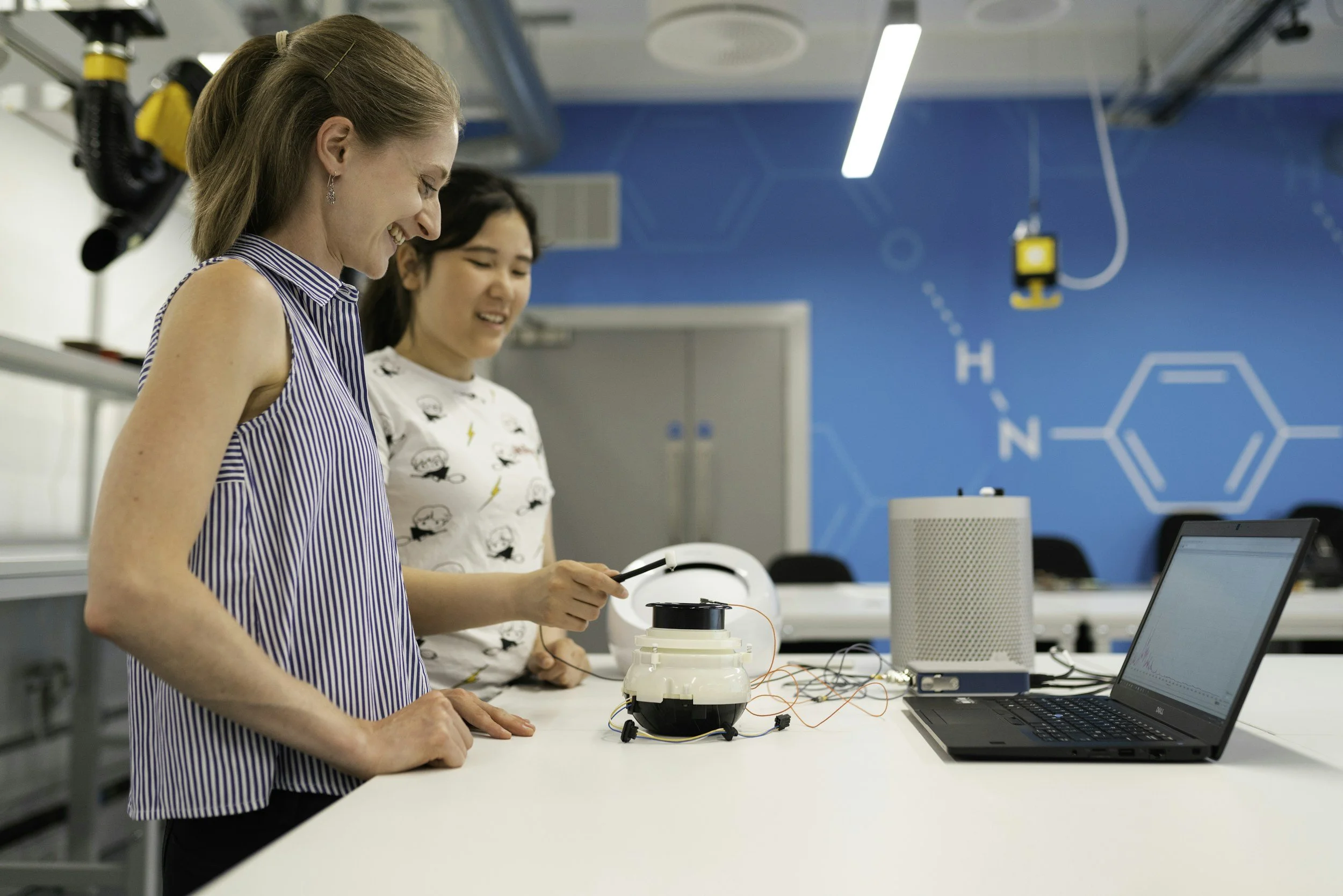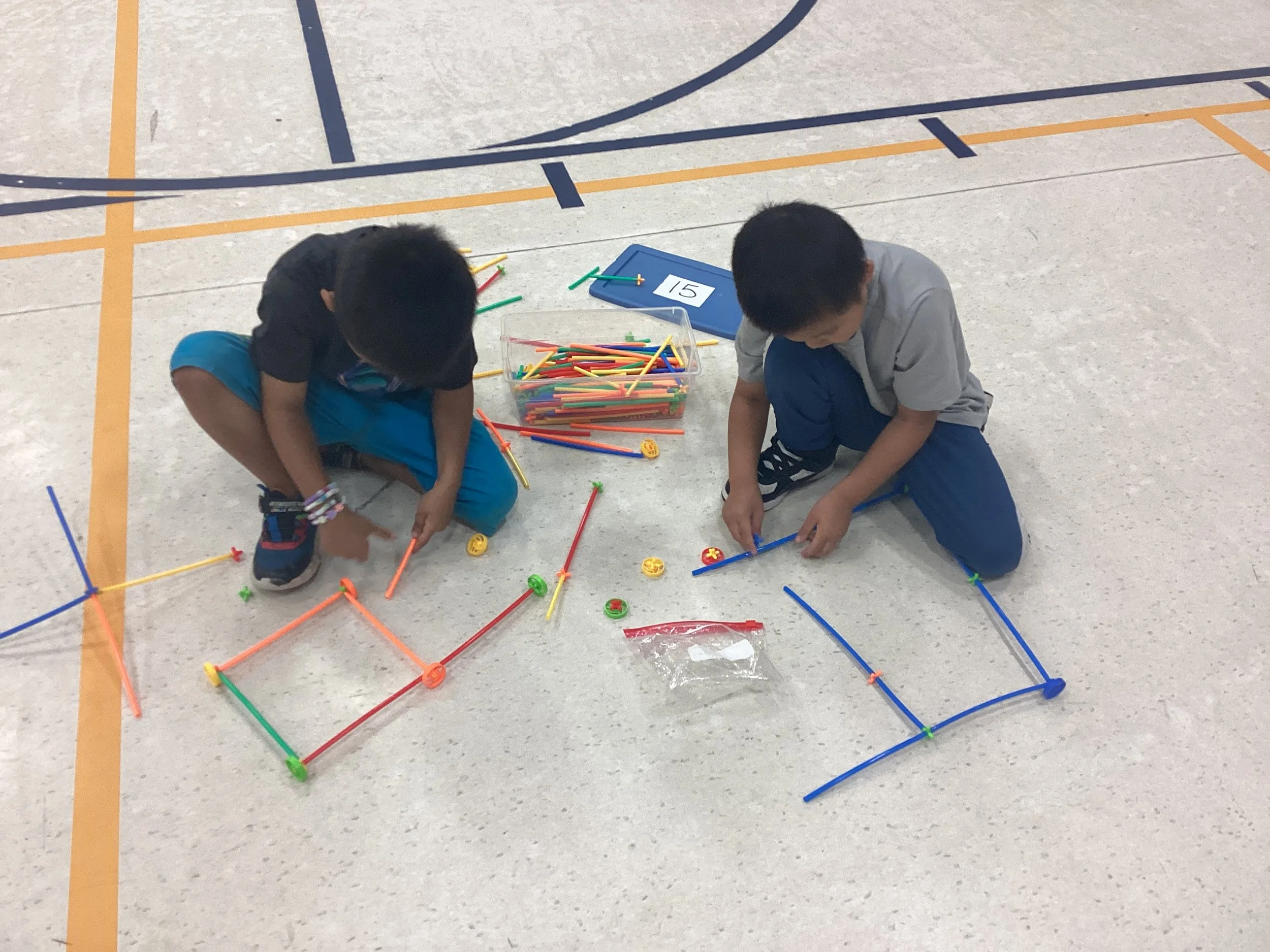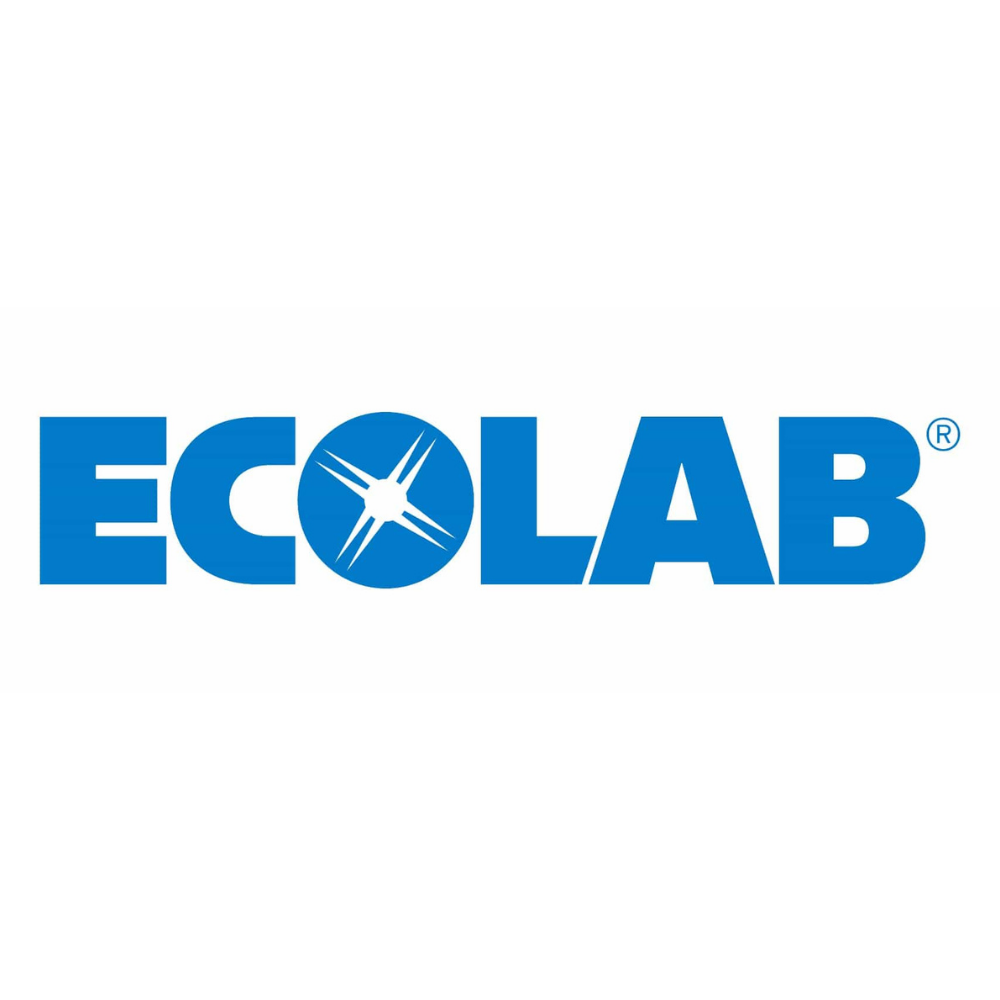Dr. Marla Spivak, MacArthur Fellow and McKnight Distinguished Professor in Entomology at the University of Minnesota.
Dr. Spivak’s recent awards include the 2015 Minnesota AgriGrowth Distinguished Service Award, the 2016 Siehl Prize laureate for excellence in agriculture, and the 2016 Wings WorldQuest Women of Discovery Earth Award. She and Gary Reuter bred a line of honey bees, the Minnesota Hygienic line, to defend themselves against diseases and parasitic mites. Current research includes studies of the benefits of plant resins (propolis) to honey bees, and the effects of agricultural landscapes and pesticides on bee health.See a list of her talks here, including a link to a past TEDGlobal talk in 2013.
On September 22, 2016, we had the honor of listening to Dr. Marla Spivak from the University of Minnesota’s Bee Lab speak at Science Salon held at the Dodge Nature Center in West St. Paul. Her presentation, "Protecting our Pollinators," comes at a time in which news about the poor state of our pollinator populations continues to grow. Dr. Spivak, her colleagues and her students, are investigating the issues that have been plaguing our honey and native bees, as well as potential solutions. She shared this work with us at Science Salon.
THE PROBLEM
Our bees are dying, far above acceptable levels. Acceptable levels are losses that bee populations can rebound from to maintain a healthy number. Currently we are losing bees at double the acceptable level. These losses can be attributed to multiple problems: viruses, parasites, pathogens, insecticides, herbicides, fungicides, and a lack of food.
Dr. Spivak said the research indicates lack of food seems to be the biggest concern, with the rest of the issues compounding that problem. She recommends that improving food access for bees should be a primary focus right now. Bees aren’t particularly picky — if there is nectar and pollen available, they are pretty happy. The problem is, she said, humans have created an environment full of monocultures. Our suburbs are full of Kentucky Blue Grass lawns, which provides no food. We treat our lawns for “weeds,” which eliminate small food sources. Our agricultural system is the same; we have fields upon fields of one crop, which provides food when it is flowering, but then it becomes a food desert.
SOLUTIONS
Having a landscape that is continually in bloom with a diversity of flowering sources for bees has proven to greatly improve the health and survival of bee colonies. Both the pollen and nectar have proteins and lipids that increase immunity to disease and viruses, as well as help bees detox from pesticides. In other words, having a good diet allows bees to combat more effectively the other problems we are seeing in our bee populations.
What can we do? How can we help? Dr. Spivak says the solution is pretty easy: plant more flowers and avoid pesticides/ herbicides/ fungicides. And when you do plant flowers, watch what the pollinators are visiting. If you notice that they visit some plants more than others, plant more of those plants next year.
Need helpful hints on what to start with? Bees love mints and clovers. And Dr. Spivak reminds us to not forget the trees. Cottonwoods can be especially important for the production of propolis — a resin that has antimicrobial, antifungal, antiviral, and waterproofing properties.
RESEARCH
What is Dr. Spivak’s team working on? They are studying what plants bees seem to really like — by translating the communication among sister bees that share information on where good food can be found.
They have also been doing research on seed mixtures; what types of plants are the best and what kinds of mixtures we could be using in our lawns.
There is much more work they are doing in their new center at the University of Minnesota, and at the visitor-friendly Pollinator Discovery Center at the University of Minnesota Landscape Arboretum. Learn more at: http://www.beelab.umn.edu/







